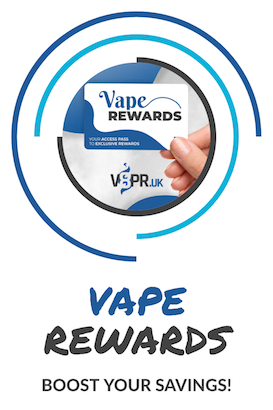
A Quick Guide into Mixing Your Own Vape Juice Flavours
Changing things around with your ejuice is a terrific approach to exposing your taste to new sensations and experiences. With hundreds of flavours to choose from, you'll have an almost limitless number of combinations to try.
Another benefit of mixing is that you can generate your nicotine dose even if it isn't available. You may adjust nicotine levels to suit your preferences. Let's say the vape shop
only carries 0mg and 6mg nicotine, but your favourite level is 3mg. You may combine them to create the perfect combination for you.
This added flavour variety might help you get the most out of your vaping experience, and it's not as expensive as stock blends.
Mixing Your Own Vape Juice
When combining e-juice, you should utilise mixes with similar viscosities. As a result, 50/50 VG/PG e-liquids should be mixed with other 50/50 e-liquids. The same logic applies to other e-liquids with 70/30 or 80/20 ratios.
When blending e-juice flavours, try to pick flavours with similar flavour profiles or ones that complement each other nicely. Although this appears to be self-evident, it might be more challenging than you believe.
Finally, you must be mindful of the proportions you use. You may divide two flavours in a 1:1 ratio, or you can split them unevenly. When pairing a strong flavour like aniseed with a more mild flavour like melon, you'll probably want to use a lot less aniseed e-juice than melon e-juice.
You'll also be able to discover plenty of ideas for flavour combinations to test on the internet. A lot of it boils down to personal preference.
Knowing the Ingredients
Vape juice, often known as e-liquid, is made up of five primary ingredients:
- Propylene Glycol: This is a colourless, odourless liquid that is used to make e-liquids. Propylene glycol, which is often thin and liquid in viscosity, is the most widely used "carrier" — the material that holds the nicotine, tastes, and botanicals in suspension, resulting in clouds of smoke-like vapour.
- Glycerin from Vegetables: This thicker diluent has a somewhat sweet flavour that can disguise other e-liquid flavours.
- Nicotine: The amount of nicotine in vape juice may be modified to fit each user's tolerance level. Higher nicotine levels produce a more significant throat impact.
- Flavour Concentrates: These are synthetic substances created to provide a wide range of tastes.
- Distilled Water: For consumers who desire a high percentage of vegetable glycerin in their e-liquid, distilled water is used to thin it.
Through mixing and blending, the amount of each of these vape juice elements may be altered to suit individual tastes.
Manually Blending Your Ejuice
To make vape juice concentrates by hand, you'll need gloves, containers, syringes, and drip-tip bottles. When it comes to combining e-liquids, there is a suggested procedure:
- Knowing How Strong You Want It to Be: Nicotine concentrations range from 0 to 24 milligrams per millilitre of e-liquid in most circumstances.
-
Getting the amount Right: To extract the proper amount of diluted nicotine, use a clean syringe. Any air bubbles in the syringe should be removed to avoid affecting the measurement.
- Adding Your Flavours: There are no limitations on the flavour combinations employed in e-liquids. However, the suggested flavour concentrate to e-liquid volume ratio is between 20 and 30% across the industry.
- Keeping It in Balance: The last item to be added to the mixture is the diluent. Propylene Glycol (PG) and Vegetable Glycerin (VG) are commonly used (VG). To obtain the desired flavour profile, the proportions of PG and VG must be balanced.
Conclusion
You have more options to explore when you blend or mix your e-liquid. You can make e-juices that are customised to your preferences and tastes. You can also make them at a lower cost than pre-mixed e-juices.
Are you looking for vape ejuice in the UK? V8PR is a premium vaping supplier with over 1000+ branded products online. Check out our collection today!







